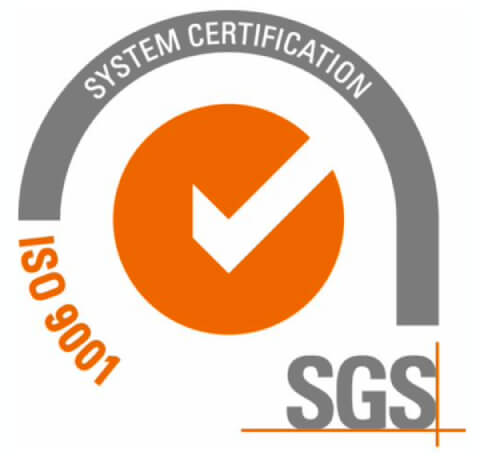What is an MVP and why is it a good idea?

The Minimum Viable Product Theory was first introduced in a blog post by Frank Robinson in order to define the nature of a "product" in the context of increasing returns and reducing risks. Essentially, it's a way of gradually smoothing the exposure that your product has with its audience until you have enough feedback to improve your product and get it ready for launch.
With the massive amounts of products and services out there, it is difficult to find a product that has the right amount of features and benefits. This inevitably leads to unnecessary features that customers don't want, making them complicated and expensive processes to implement. In order to successfully create the perfect product that creates a valuable experience, a Minimum Viable Product (MVP) is necessary.
What are the benefits of building an MVP?
If you need to validate your business idea or product before you commit resources to building it, an MVP is a cost-effective way to prove concepts.
If your product is adopted quickly by a community of users at this stage, you'll create a sense of community around it and have the freedom to improve and expand it further. At the same time, those same users will be pointing out what they think needs improvement, giving you valuable input for the next stages of improvement. You can then plan accordingly, removing features that were originally planned for the MVP but are no longer needed due to user feedback.
If the product doesn't succeed, it can provide valuable insight for future versions. Maybe there was something wrong with the user interface or maybe you needed to gather feedback from more people before launching. Launching a product is risky, but not testing beforehand could be even riskier.
Ultimately, whether you're an entrepreneur or a developer, it's important to understand that even the most competent of visions could fail without proper strategy. The lines between "good and bad idea" are often blurred and never straight; when entering into any uncharted territory, there is no guarantee of uninterrupted success––and this is why every one of us needs to be prepared to face the unexpected. If you build your business around the concept of a lean startup, this will prepare you to face failure with resilience and determination.
How long will MVP take to build
This is entirely dependent on the project and complexity, but it is reasonable to expect an MVP to take a minimum of 6 weeks, and with the right velocity and limited feature set, the team should be able to deliver an MVP within 3 months.
Launch phase focuses on launching the platform live and initial monitoring in order to spot potential problems. The work undertaken includes:
- Preparing Production server environment
- Monitoring services for a defined period of time
- Fixing potential problems
- Producing final documentation
More Insights
Outsourcing can be a great way to bring in new skills, but it’s also a way to make sure that your business is protected, both financially and legally.
The Minimum Viable Product Theory was first introduced in a blog post by Frank Robinson in order to define the nature of a "product" in the context of increasing returns and reducing risks.
As the digital transformation landscape continues to evolve and new technologies emerge, it's important that we don't lose sight of the core drivers of digital transformation: sustainability, data volumes, and compute and network speeds.
Follow the latest technology and thought leadership by subscribing to Atomate newsletters.
Dive into cutting-edge tech trends and visionary insights, curated monthly for forward-thinkers like you.
